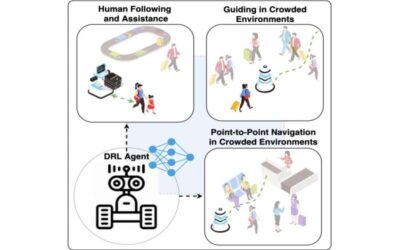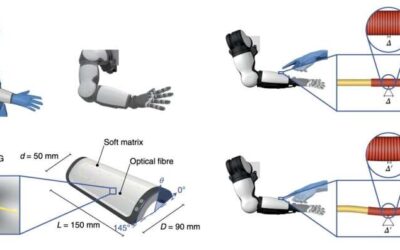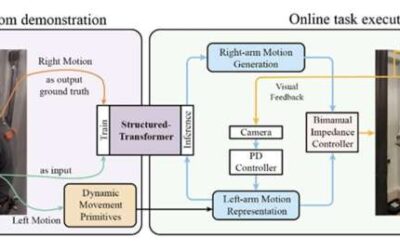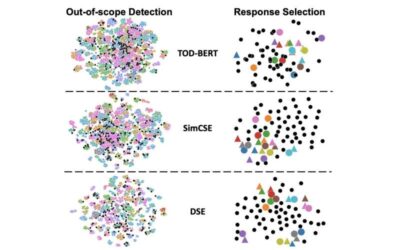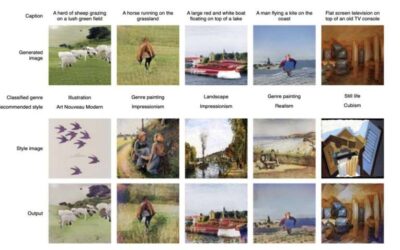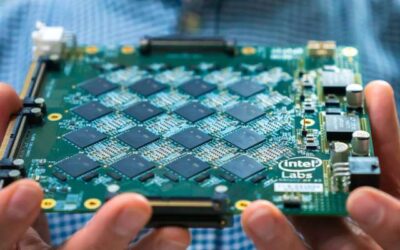In recent years, roboticists have developed increasingly advanced robotic systems, many of which have artificial hands or robot hands with multiple fingers. To complete everyday tasks in both homes and public settings, robots should be able to use their "hands" to...
Machine learning & AI
A model that allows robots to follow and guide humans in crowded environments
Assistance robots are typically mobile robots designed to assist humans in malls, airports, health care facilities, home environments and various other settings. Among other things, these robots could help users to find their way around unknown environments, for...
Mimicking the function of Ruffini receptors using a bio-inspired artificial skin
Mobile robots are now being introduced into a wide variety of real-world settings, including public spaces, home environments, health care facilities and offices. Many of these robots are specifically designed to interact and collaborate with humans, helping them to...
An Android application checks how roasted coffee beans are
Coffee, one of the most popular and consumed drinks worldwide, is made from water and coffee beans. Coffee beans are the seeds of the Coffea plant, which is grown in several parts of central and South America, as well as in Africa, the Middle East and Asia.
A deep learning framework to estimate the pose of robotic arms and predict their movements
As robots are gradually introduced into various real-world environments, developers and roboticists will need to ensure that they can safely operate around humans. In recent years, they have introduced various approaches for estimating the positions and predicting the...
A neural autoencoder to enhance sensory neuroprostheses
New technologies have the potential to greatly simplify the lives of humans, including those of blind individuals. One of the most promising types of tools designed to assist the blind are visual prostheses.
A technique to teach bimanual robots stir-fry cooking
As robots make their way into a variety of real-world environments, roboticists are trying to ensure that they can efficiently complete a growing number of tasks. For robots that are designed to assist humans in their homes, this includes household chores, such as...
A self-supervised model that can learn various effective dialog representations
Artificial intelligence (AI) and machine learning techniques have proved to be very promising for completing numerous tasks, including those that involve processing and generating language. Language-related machine learning models have enabled the creation of systems...
A model to generate artistic images based on text descriptions
Artificial intelligence (AI) tools have proved to be highly valuable for completing a wide range of tasks. While they are primarily used to increase productivity or simplify everyday processes, they have also shown promise for automatically generating creative texts...
A neuromorphic computing architecture that can run some deep neural networks more efficiently
As artificial intelligence and deep learning techniques become increasingly advanced, engineers will need to create hardware that can run their computations both reliably and efficiently. Neuromorphic computing hardware, which is inspired by the structure and biology...


